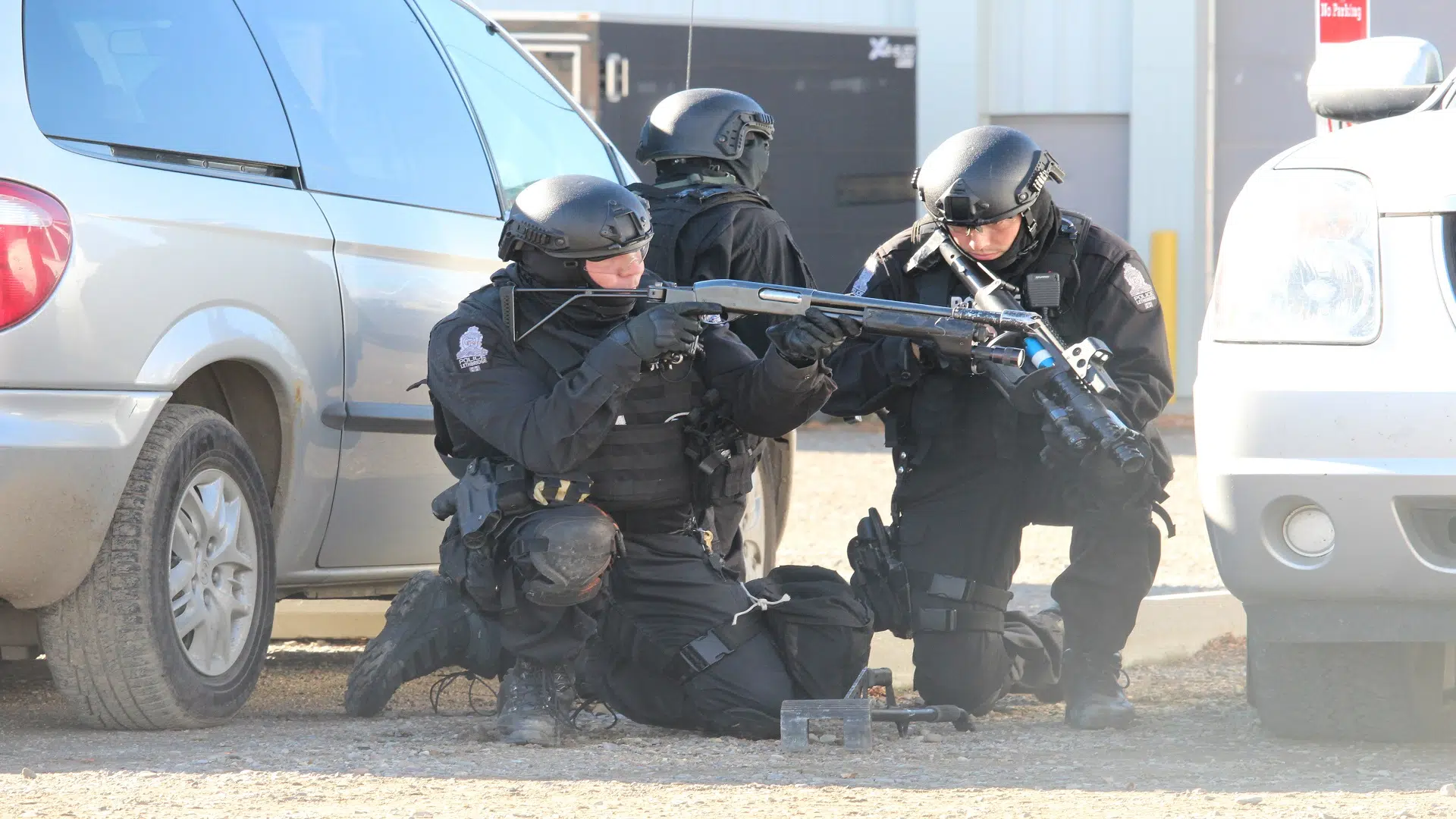
Practice makes perfect for Police critical incident teams
LETHBRIDGE – Lethbridge Police took advantage of the good weather Wednesday (Oct. 19) afternoon to engage in specific training exercises.
Those who work in the 500 block of 30 Street North may have witnessed the tactical team engaged in a hostage situation around 1:45 P.M.
Then, from 5:30 to 9:00 P.M., crews enacted another hostage situation with different scenarios at Fleetwood Bawden School on 9 Avenue South.
The scenarios involved critical incident teams, which includes incident commanders, negotiators, the tactical team, K-9 units and an explosives team.


